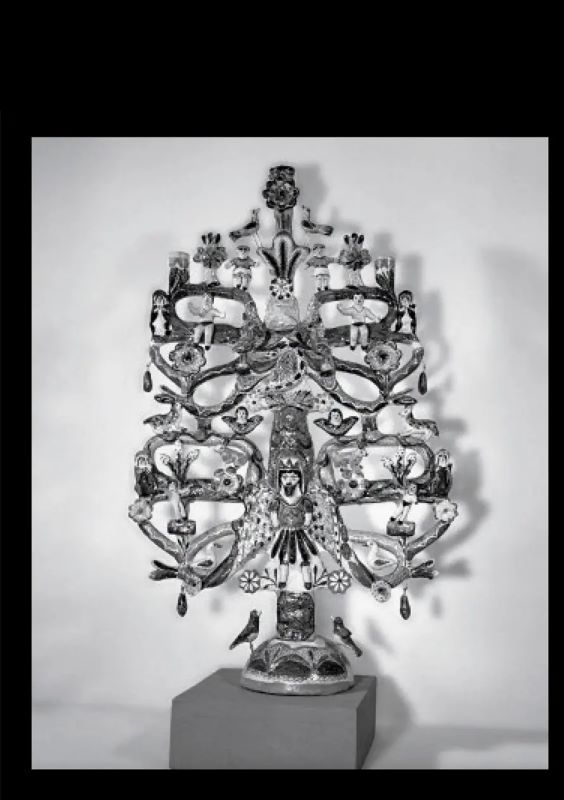The Tree of Life: A Vibrant Symbol of Mexican Culture and Heritage
Discover the vibrant and colorful world of the Mexican Tree of Life, from its ancient origins to its modern-day significance as a symbol of Mexican culture and heritage. Learn about the intricate process of creating this unique folk art and how it has evolved over time.





